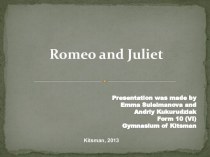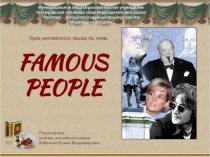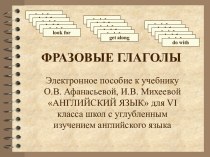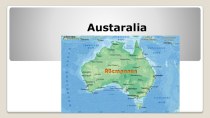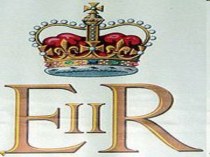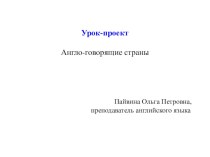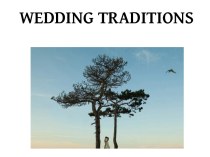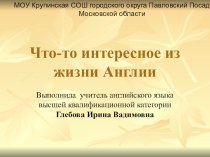- Главная
- Разное
- Бизнес и предпринимательство
- Образование
- Развлечения
- Государство
- Спорт
- Графика
- Культурология
- Еда и кулинария
- Лингвистика
- Религиоведение
- Черчение
- Физкультура
- ИЗО
- Психология
- Социология
- Английский язык
- Астрономия
- Алгебра
- Биология
- География
- Геометрия
- Детские презентации
- Информатика
- История
- Литература
- Маркетинг
- Математика
- Медицина
- Менеджмент
- Музыка
- МХК
- Немецкий язык
- ОБЖ
- Обществознание
- Окружающий мир
- Педагогика
- Русский язык
- Технология
- Физика
- Философия
- Химия
- Шаблоны, картинки для презентаций
- Экология
- Экономика
- Юриспруденция
Что такое findslide.org?
FindSlide.org - это сайт презентаций, докладов, шаблонов в формате PowerPoint.
Обратная связь
Email: Нажмите что бы посмотреть
Презентация на тему National Varieties of English
Содержание
- 2. General AmericanAmerican English, variety of the English
- 3. VowelsThere is no strict division of vowels
- 4. There are four mixed or central vowels
- 5. ConsonantsThe retroflex pronunciation of [r] is perhaps
- 6. General Australian General Australian is the most
- 7. VowelsRP [i:] and [u:] (as in see,
- 8. ConsonantsThe omission of some consonants, especially [k],
- 9. Canadian EnglishCanadian English (CnE) is used by
- 10. Main PeculiaritiesCnE is rhotic, with [æ] in
- 11. Скачать презентацию
- 12. Похожие презентации
General AmericanAmerican English, variety of the English language spoken in the United States. Although all Americans do not speak the same way, their speech has enough in common that American English can be recognized as a
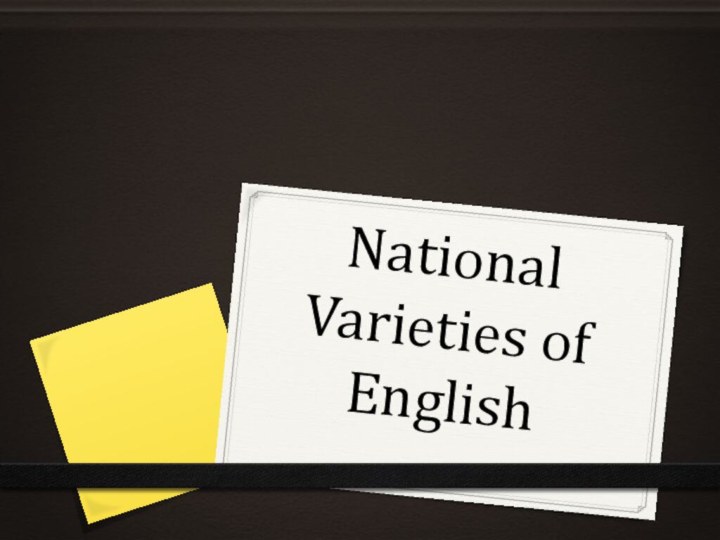
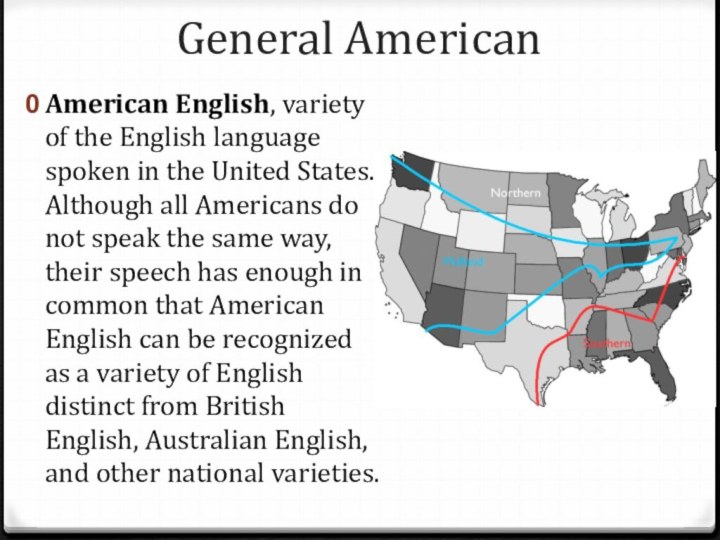
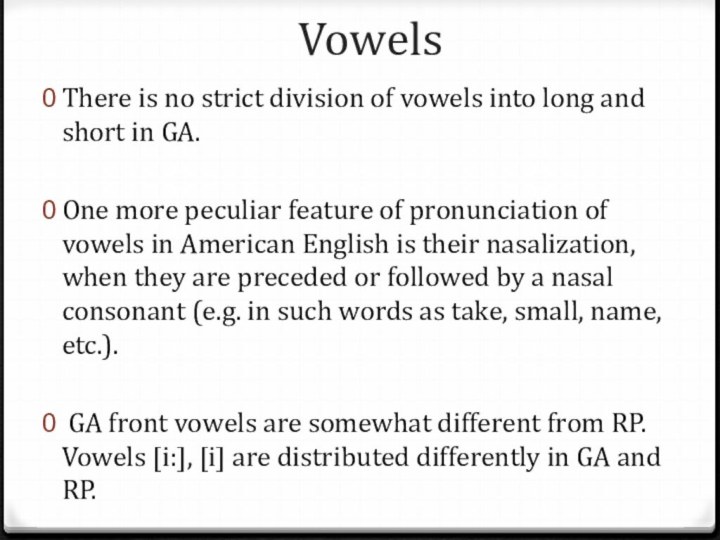
![National Varieties of English There are four mixed or central vowels in GA: [з], [ə], [٨],](/img/tmb/7/666852/5850a18c30dc6b61aa65e26adfb43e4f-720x.jpg)
![National Varieties of English ConsonantsThe retroflex pronunciation of [r] is perhaps one of the most characteristic](/img/tmb/7/666852/16f340b7b1f2f0f5b9567dc9a7fd11fb-720x.jpg)
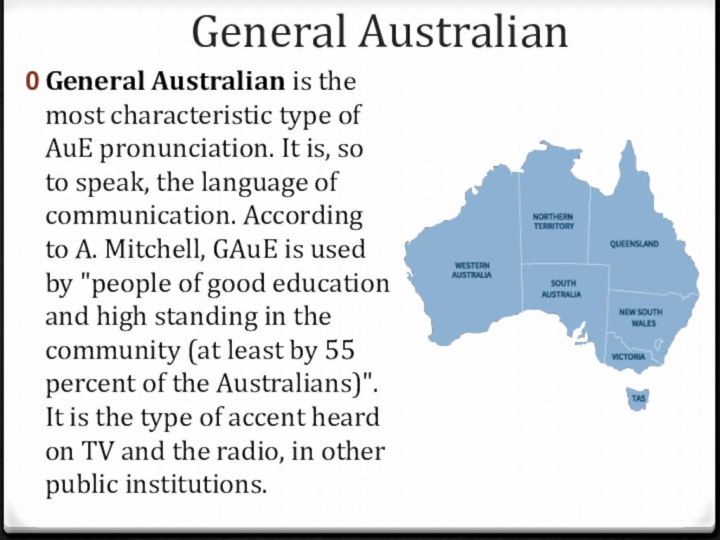
![National Varieties of English VowelsRP [i:] and [u:] (as in see, do) are heard as diphthongs,](/img/tmb/7/666852/ade4975eed144c7a22a2a2c40b6dd90a-720x.jpg)
![National Varieties of English ConsonantsThe omission of some consonants, especially [k], [t], [g], [h], e.g. facts](/img/tmb/7/666852/3b158b57657d70a70190e1f1539d84e0-720x.jpg)
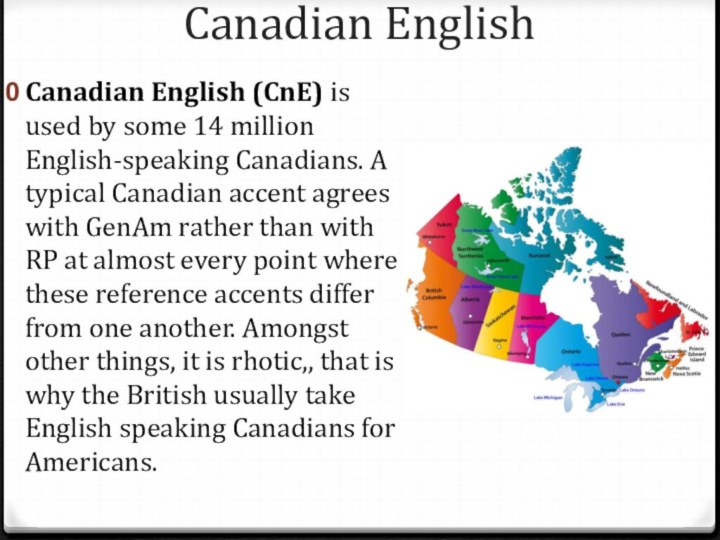
![National Varieties of English Main PeculiaritiesCnE is rhotic, with [æ] in bath, etc., and [t] voicing,](/img/tmb/7/666852/e1390d7099523b01b34a8b35e985a575-720x.jpg)
![National Varieties of English Most Canadians use the retroflex [r] in all positions.In words like tune,](/img/tmb/7/666852/975671bfee5737dd316c4a8b402d259e-720x.jpg)
Слайд 3
Vowels
There is no strict division of vowels into
long and short in GA.
One more peculiar feature of
pronunciation of vowels in American English is their nasalization, when they are preceded or followed by a nasal consonant (e.g. in such words as take, small, name, etc.).GA front vowels are somewhat different from RP. Vowels [i:], [i] are distributed differently in GA and RP.
Слайд 4 There are four mixed or central vowels in
GA: [з], [ə], [٨], [a]. They differ markedly from
RP vowels in articulation and distribution.The three RP vowels [ɔ], [æ], [a:] correspond to only two vowels in GA – [a] and [æ]. This combined with the articulatory differences between RP [ɔ] and GA [a:].
Besides, word distribution of [ɔ:], [ɔ] in RP and GA is completely different.
Слайд 5
Consonants
The retroflex pronunciation of [r] is perhaps one
of the most characteristic features of GA.
The pronunciation of
[t] is highly variable in GA and there are also some major allophonic variations in the pronunciation of it.Yod dropping: [j] is not pronounced in the combination of [j] + [U:] after t, s, d, e.g. tube, suit, student, news.
Nasal twang: nasality is limited to vowels adjacent to [m], [n], [ŋ].
Слайд 6
General Australian
General Australian is the most characteristic
type of AuE pronunciation. It is, so to speak,
the language of communication. According to A. Mitchell, GAuE is used by "people of good education and high standing in the community (at least by 55 percent of the Australians)". It is the type of accent heard on TV and the radio, in other public institutions.
Слайд 7
Vowels
RP [i:] and [u:] (as in see, do)
are heard as diphthongs, e.g. [i] = [əi], [u:]
= [əu], tea =[təi], too = [təu].Centring diphthongs are pronounced in GAuE with the final element hardly heard. The effect is almost a pure vowel, e.g. here = [hi:], fair = [fε:], poor = [pu:].
GAuE speakers show a general tendency to avoid the pure [a:].
GAuE vowels [i], [e], [æ] are noticeably closer than their counterparts in RP. The sound [U] is more advanced in GAuE and has lip rounding.
Слайд 8
Consonants
The omission of some consonants, especially [k], [t],
[g], [h], e.g. facts = [fæks], half past two
= ['a:pa:stu:], recognize =['rekənaiz].The substitution and insertion of consonants in certain words, morning = ['mɔ:nən], suggest = [səg'ʤəst].
There are no glottal stops (in spite of all the similarities of AuE to Cockney).
Some Australians, maybe due to Irish influx, produce rhotic words.
Слайд 9
Canadian English
Canadian English (CnE) is used by some
14 million English-speaking Canadians. A typical Canadian accent agrees
with GenAm rather than with RP at almost every point where these reference accents differ from one another. Amongst other things, it is rhotic,, that is why the British usually take English speaking Canadians for Americans.
Слайд 10
Main Peculiarities
CnE is rhotic, with [æ] in bath,
etc., and [t] voicing, that is why the British
usually take English speaking Canadians for Americans."Canadian raising“: the diphthongs [ai] and [au] in CnE have a mid-central nucleus, but not the low one as in RP, before the following voiceless consonant, so [ai] = [əi] and [au] = [٨u] as in price, mouth, and pipe, while, like, life, nice, out, south, couch, etc.
There is no opposition [е]-[æ]-[εə] in words like merry – marry – Mary, where in all these cases [ε] is used.



